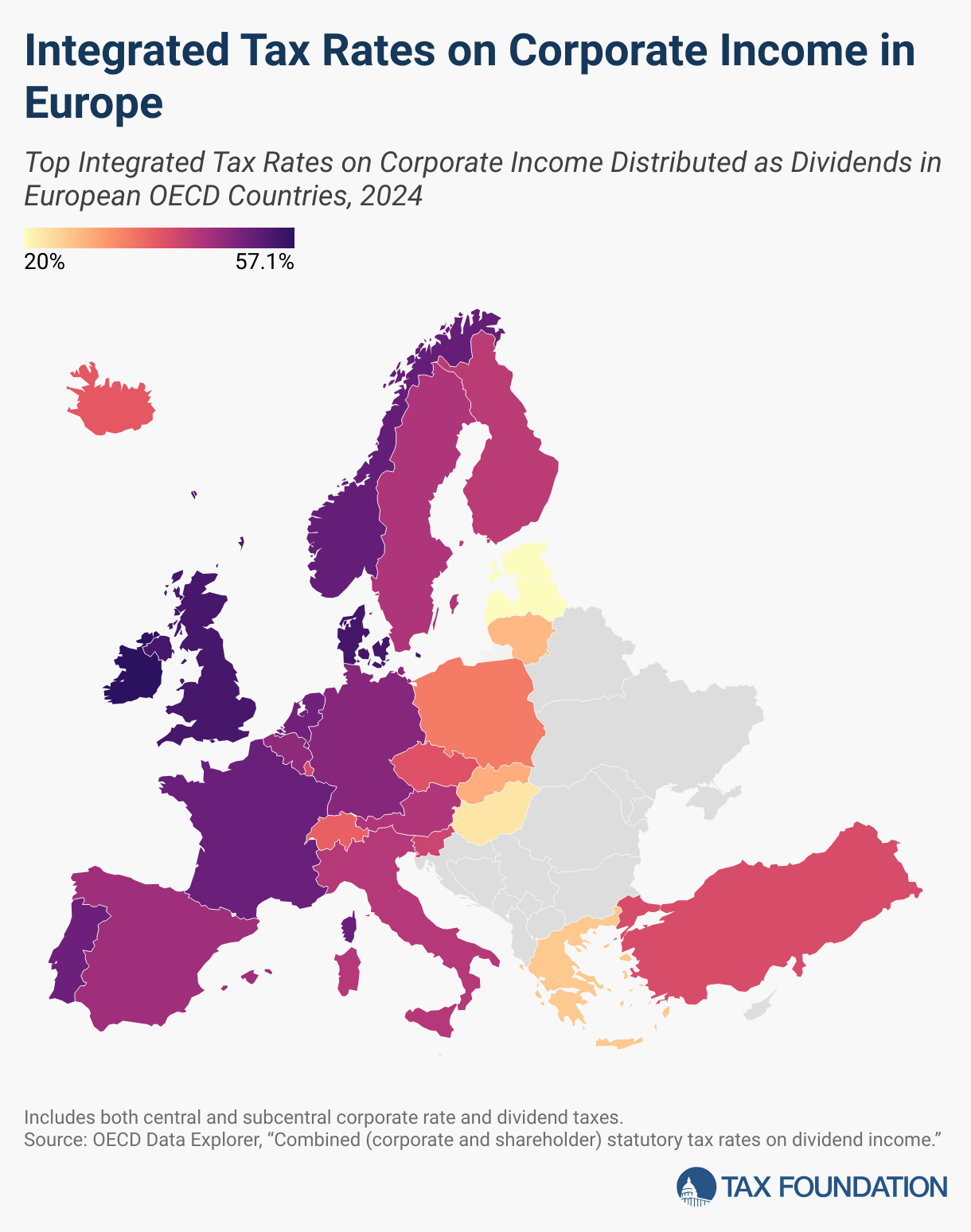Collaboration with tax teams can help businesses succeed
Traditionally, many corporate businesses have organized their KPIs’, reporting and operations by title. Tax professionals and trade financing teams are often treated separately, with separate goals and responsibilities. Collaboration across all areas of financial report is crucial to help businesses navigate the increasingly complex and globalized business environment. We know this because we asked. Because we asked.
Why tax teams need to be on the same page Following the success of our recent
Future of Professionals report
, which focused on the predictions of legal, tax, and risk & compliance professionals themselves, we asked C-suite members about their short-term priorities and perspectives on the future. Comparing the responses in our Future of Professionals C-Suite Survey to those from our previous report revealed CEOs with a cautiously optimistic outlook, based on improving collaboration and departmental cooperation across their organizations. From ever-evolving technologies which threaten to leave slow adapters behind, to the relentless pressure around shrinking budgets and rising expectations, we all know that C-Suite executives face constant, competing demands for their attention. It is not surprising that their top priorities were to improve efficiency and increase customer satisfaction, which ultimately helps improve company sustainability and financial successes. It’s not always easy to get everyone on the same page. And it’s imperative that the key priorities of the management group, department leaders, and employees are more or less aligned with a singular view of what is important for the company to achieve, focus upon, and execute for success.
Working better, together So how can business leaders, being pulled in multiple directions, rely on their teams to maintain the course and work more effectively as one?
Ultimately, teams and functions need to be better aligned. In particular, increased collaboration between tax and trade functions can help achieve the C-suite priorities of efficiency, cost reduction, and customer satisfaction.
44% C-suite executives prioritize digital transformation and operational efficiency.
43% would focus on customer satisfaction while 36% prioritize Environmental, Social and Governance (ESG) practices, reflecting the growing importance of sustainability within businesses today.
|
CEO priorities closely mirrored the overall C-Suite, showing a difference of less than 3% for digital transformation, operational efficiency, and ESG development. However, only 36% of CEOs prioritized customer satisfaction (compared to 43% of the C-Suite), and only 25% prioritized employee engagement and well-being (compared to 34%). |
Acknowledging these difficulties and working closely alongside tax experts within their organization can help global trade managers anticipate and solve some of these regulatory challenges, saving the business precious time and resources.
On a different note,–
to remain competitive, global trade businesses invest in technology and automation. This helps them boost efficiency, reduce costs, and navigate the complexity. The majority of companies (75% and 64% respectively) use ERP and third party due diligence screening technologies. There are still significant gaps in adoption. Fewer than one fifth of companies
use technology for ESG and global trade management. The complexity of business is increased when these departments are misaligned and disconnected. Thomson Reuters, a technology expert, can help.
Departmental cooperation can provide resiliency in times of recruiting stress to help ensure standardized, repeatable processes are consistently delivering best practice hiring results. Departmental cooperation can provide resiliency in times of recruiting stress to help ensure standardized, repeatable processes are consistently delivering best practice hiring results.
Overall, a more unified approach to tax and trade can help manage risks and ensure compliance, enhance customer experience and loyalty and the broader organizational goals of efficiency and digital transformation.
Finding the right tools for the job More than half those surveyed (53%) say at least 25% of their tax department’s processes are automated but only 9% have integrated artificial intelligence into their daily work or regular tools.
The right technology solutions, especially those with additional generative AI capabilities, can help seamlessly integrate data from disparate processes (ERP, customs systems, etc.) The right technology solutions, especially those with additional generative AI capabilities, can help seamlessly integrate data from disparate processes (ERP, customs systems etc.). –
- Automating repetitive tasks can streamline processes and reduce errors. It also frees up time and resources to be used for a wider strategic collaboration. Thomson Reuters’ ONESOURCE(tm), a single vendor tax and trading solution, can improve data consistency, workflow efficiency and collaboration. It can also provide insights on tax and trade performance that can be used to identify areas for improvement and assist C-level executives in making more strategic, data driven decisions. Technology from trusted experts can protect sensitive data while supporting change management initiatives. Yet nearly a quarter (23%) of our C-suite respondents say that their department’s technology strategy is not aligned with that of the larger business.
- Become your own success story Measuring the impact of collaboration and automation initiatives with accurate reporting and established key performance indicators can help to effectively communicate the value of tax, trade, and financial reporting functions to the broader organization.
Yet, most (73%) tax professionals don’t track any metrics to measure the success of their department’s technology
.
|
Demonstrating the impact tax and trade can have on business success can help establish trust, manage C-suite expectations and boost team morale. |
When it comes to navigating the future, greater collaboration between tax and trade teams will not only foster trust within your teams but will also help garner recognition from the wider organization by helping support and achieve C-suite objectives.
So, what are you waiting for? Let’s work together.





